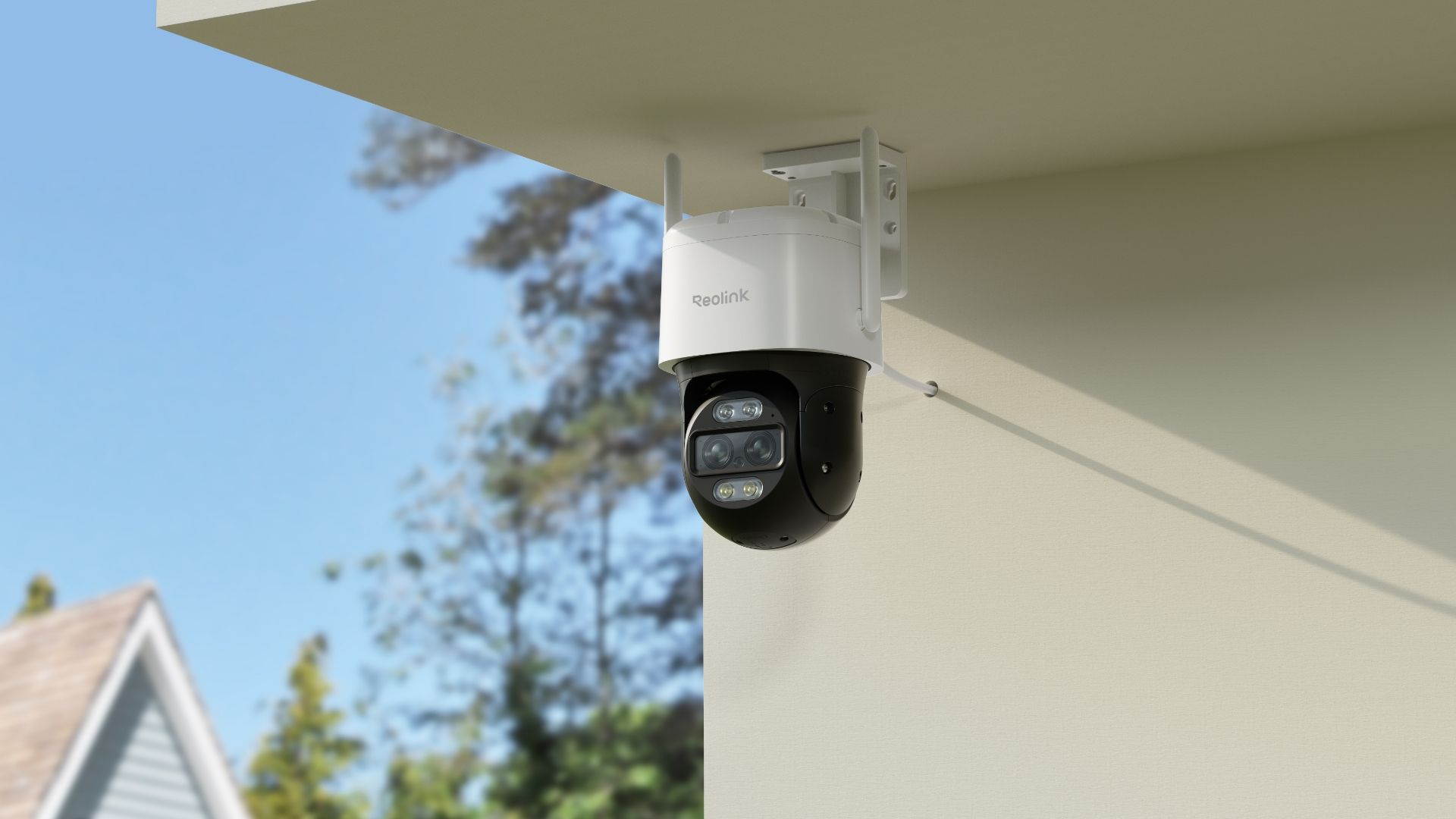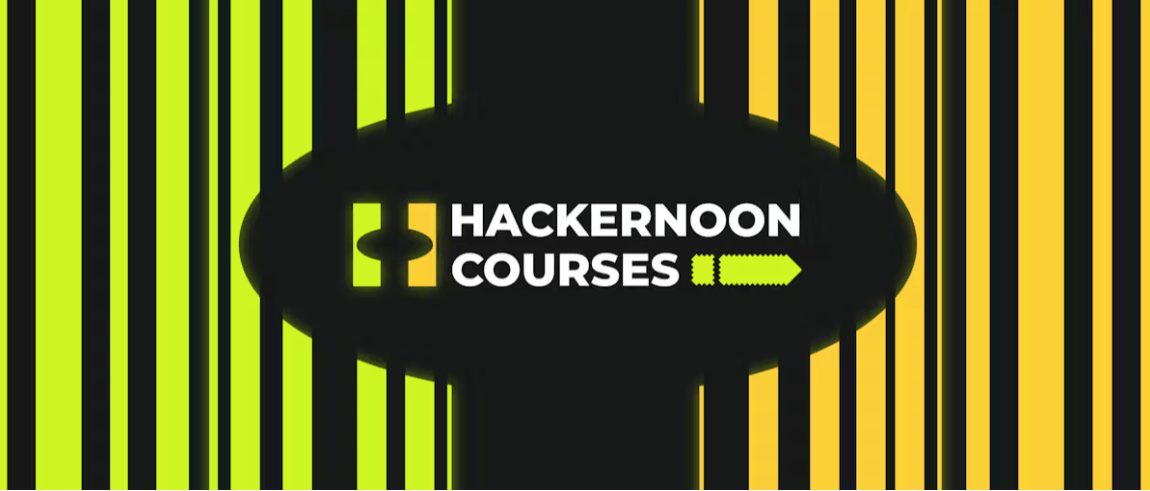Last week, the House Committee on Oversight and Government Reform released 20,000 documents from the estate of registered sex offender and disgraced financier Jeffrey Epstein. They included thousands of emails sent between Epstein and high-profile people like Epstein confidant Ghislaine Maxwell, political strategist Steve Bannon, journalist Michael Wolff, and former US treasury secretary Larry Summers, as well as revealing text messages. Many of them allude or directly refer to president Donald Trump.
Now, you can browse all those emails just like you would on your own Gmail account.
Jmail is a website that looks very much like Gmail, except that there is a little hat hanging on the logo and that the profile picture in the top right corner is a grinning Epstein. (Click on it and it says “Hi Jeffrey!”) The inbox lets you click through thousands of emails, formatted to look exactly like a regular message would in your inbox. In the sidebar, you can sort by Inbox, Starred, and Sent. In Gmail, a lower sidebar section reads Labels and separates emails by category. In Jmail, it is a list of people who corresponded with Epstein.
The site was created by serial prankster Riley Walz and Luke Igel, cofounder of an AI video editing tool called Kino AI. Igel tells WIRED that he brought the idea to Walz—something Walz confirms—and then the two of them put the website together with Cursor in a single night. Walz revealed Jmail in an X post, writing, “We cloned Gmail, except you’re logged in as Epstein and can see his emails.”
Jmail is a much more readable way to peruse the huge cache of emails released from the Epstein estate than parsing through tens of thousands of PDFs on a Google Drive. Among its useful features is that it rejiggers Gmail’s starring feature, letting users flag emails they view as important and then ranking them based on how many people do so. By default, the inbox lists the emails in the order of recency; the community starring feature is a way to surface what people see as more important emails.
“The emails were just so hard to read,” Igel says. “It felt like so much of the shock would’ve come if you saw actual screenshots of the actual inbox, but what you were seeing was these really low quality, poorly scanned PDFs. You have to do a few steps of imagination to remind yourself that this is indeed a real email.”
Being able to see these emails in a more familiar, readable format makes it much easier to follow threads and back-and-forths, but also reveals weird things about Epstein’s communications. Igel says there’s a noticeable increase in typos and sporadic formatting when Epstein switches from a Blackberry with a physical keyboard to a touchscreen device in the early 2010s.










